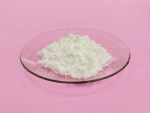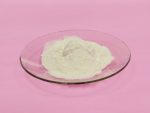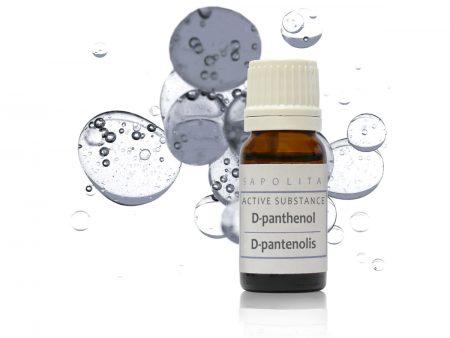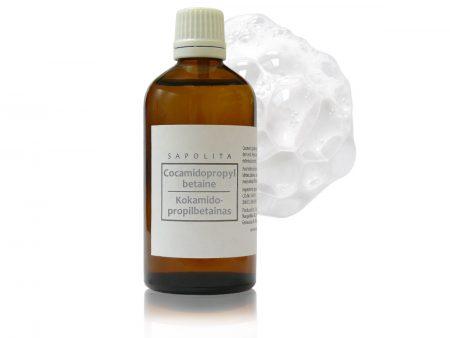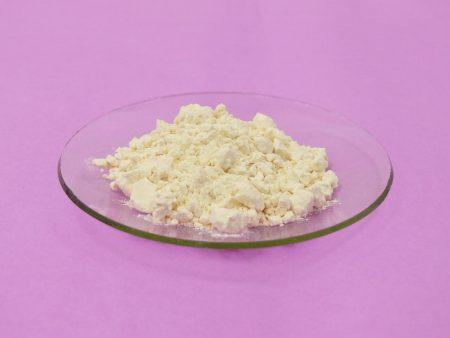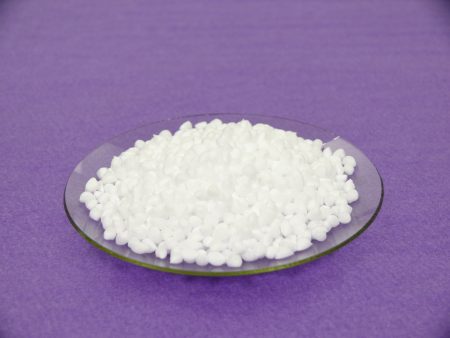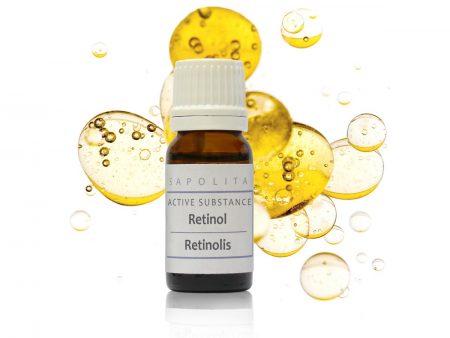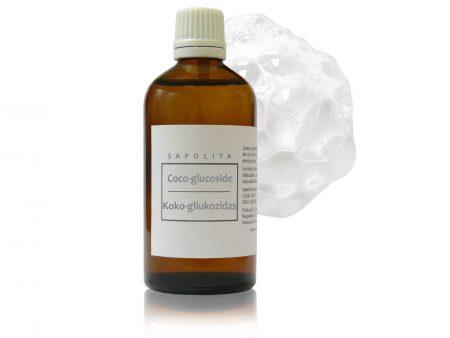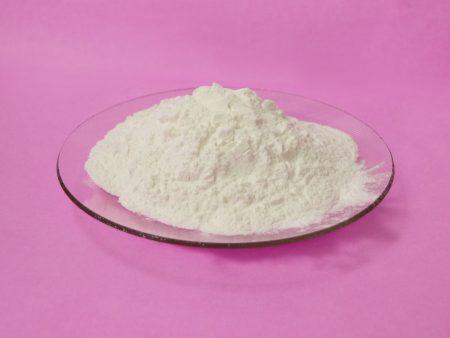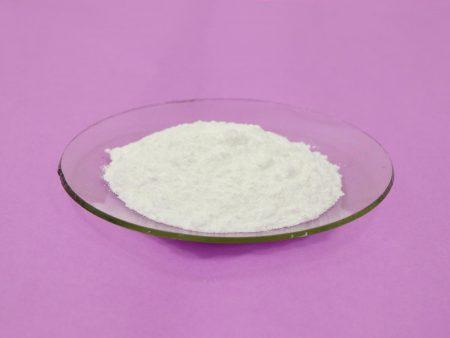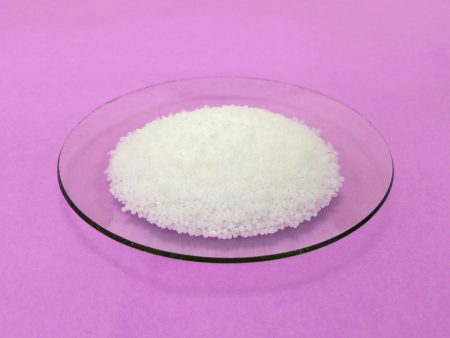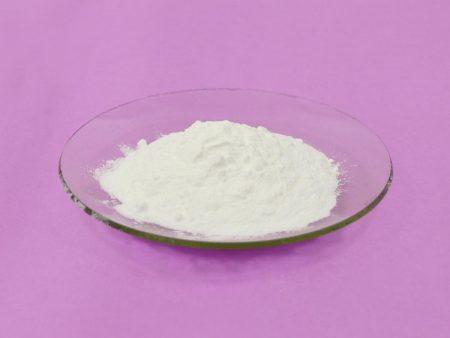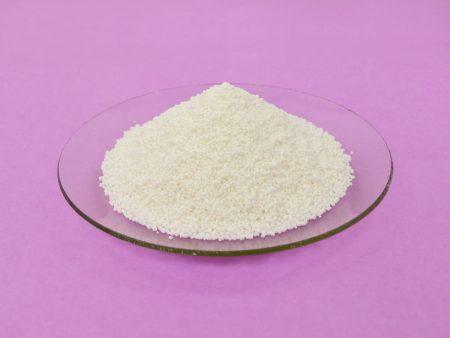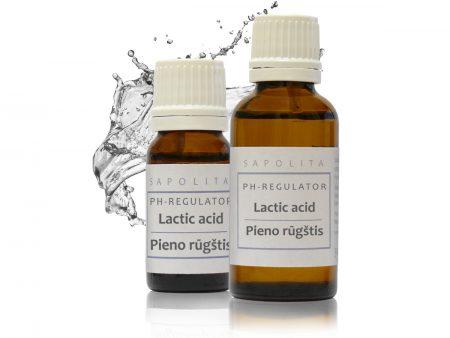Gluconolactone
€3,80 – €53,80
It is a polyhydroxy acid (PHA) that compares in effectiveness to AHA acids, but is less irritating to the skin.
- Delivery & ReturnWe offer reliable shipping worldwide, and in EU we deliver directly to door, to your home, office or another place!
Shipping methods
LOCAL PICK UP - Naugarduko str. 102, Vilnius (FREE).
SENDING VIA POST:
EXPRESS DELIVERY BY COURIER, only for EU countries:Country Price < 0.5 kg, € + € per 0.5 kg Luxembourg, Germany, Austria 6.55 1.30 Poland, Hungary, Estonia, Latvia, Finland, Sweden, France, Czech Republic, Romania, Switzerland 6.45 2.80 UK, Netherlands, Ireland, Denmark, Belgium, Greece, Norway, Italy, Island, Portugal, Slovakia, Bulgaria, Slovenia, Spain 8.35 3.05 Malta, Croatia, USA, UAE 12.55 8.95 Other countries 16.45 14.40
SENDING TO PARCEL TERMINALS:Country Price € < 2kg + € per additional weight Lithuania 5.60 1.7/5kg Latvia 11.20 2.55/5kg Estonia, Poland 13.40 3.65/5kg Finland, Portugal, France, Romania 15.95 0.2/1kg Germany, Belgium, Denmark 10.55 0.15/1kg Croatia, Luxembourg, Hungary, Slovakia, Netherlands, Czech Republic 12.35 0.15/1kg Slovenia, Austria, Bulgaria 14.25 0.15/1kg Greece, Sweden 19.65 1.15/1kg Italy, Spain, Ireland 18.95 0.2/1kg Countries Omniva, € Smartpost, € Venipak, € Lithuania 3.50 2.50 free > 40€ 2.70 free > 45€ Latvia 5.60 4.00 free > 70€ 3.70 free > 60€ Estonia 6.60 4.10 free > 70€ 4.30 free > 70€ Finland - 8.90 - - Ask a Question
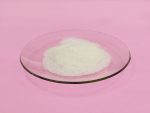
Gluconolactone
€3,80 – €53,80Ask a Question
Gluconolactone does not penetrate the skin as deeply as some AHA acids, so it has a weaker sensitizing effect. There is data that it penetrates the skin 6% worse than glycolic acid. But worse absorption does not reduce its effectiveness.
Gluconolactone can be a bit gentler for skin sensitive to AHAs, less redness is usually due to its antioxidant properties.
Gluconolactone acts as a mild exfoliant, improves skin texture and color, and moisturizes the skin. It is used for mature skin and acne, as it normalizes keratinization and inhibits the reproduction of microorganisms.
Ingredients: gluconolactone.
Purity: min 99%.
Recommendation: slowly turns into gluconic acid in water solutions, so the pH of the prepared solution drops below 3 within a couple of hours (at a concentration > 1%). Therefore, we recommend allowing the prepared solution to stand for a couple of hours while hydrolysis takes place, and only then raise the pH of the product above 3.5 (which is considered a safe level) using caustic soda or L-arginine.
Related Products
An active additive for skin and hair care products with a soothing and moisturizing effect. Perfect for damaged skin.
Natural amphoteric surfactant for shampoos and other rinse-off foaming agents.
Pure organic certified aloe vera powder is extracted from aloe vera leaves without any solvents, thickeners or preservatives.
Vegetable co-emulsifier or consistency control ingredient for O/W emulsions of high purity.
This form of retinol is intended to enrich cosmetic products, it is a highly effective on the skin.
The natural non-ionic surfactant has an extremely mild effect on the skin and an excellent foaming property.
Price per kg (density 1,1 g/ml):
100 ml – 20.00 €/kg
500 ml – 12.91 €/kg
1 L – 9.55 €/kg
20 L – 6.36 €/kg
Sucrose sterate is a co-emulsifier for emulsion making, stabilizes emulsions and regulates their texture.
Pure high molecular weight hyaluronic acid 1200-1800 kDa without solvents and preservatives.
The anionic surfactant is made from coconut oil. Suitable for making of shampoos and other rinse-off cosmetics.
The ingredient for pH adjustment of products. It has exfoliating and antibacterial properties at higher concentrations.


